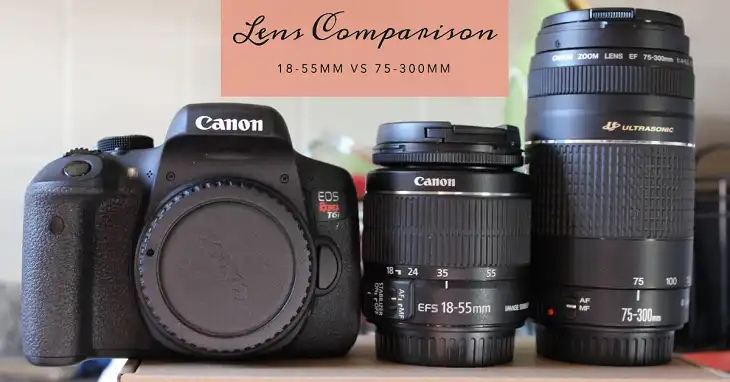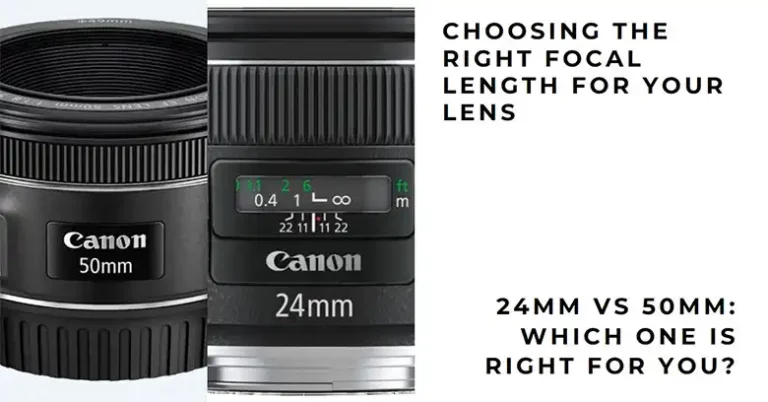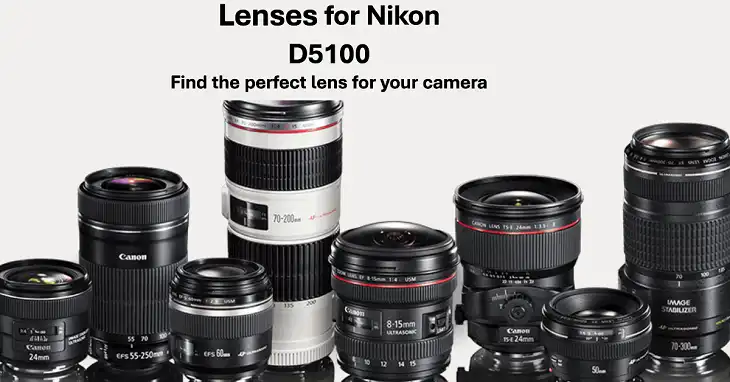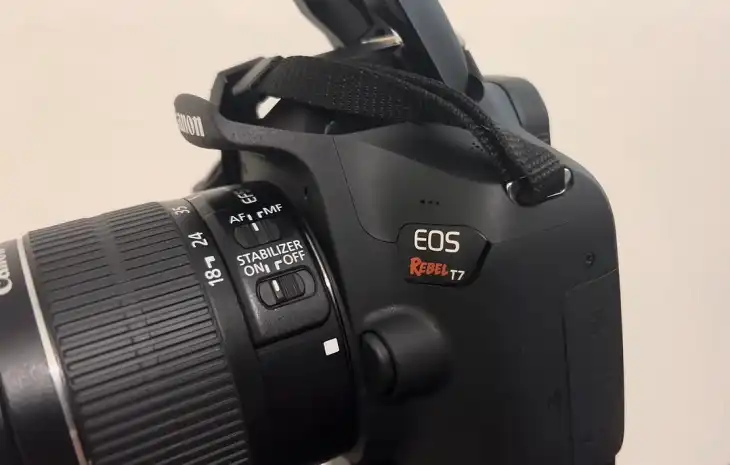24mm vs 35mm: Which One’s the Right Wide-Angle Lens for You
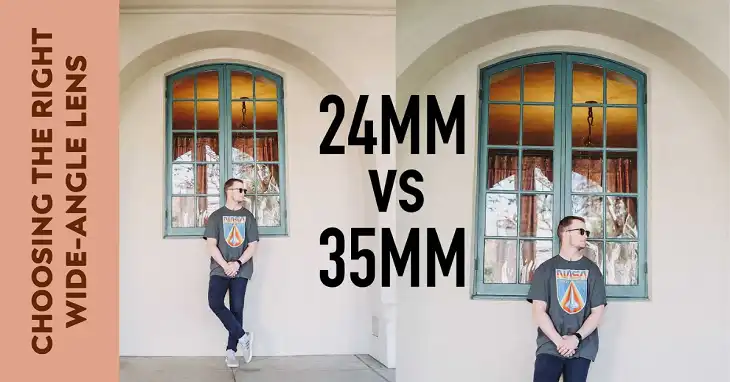
When it comes to photography, lens choice can make or break an image. Among the most popular and versatile options are wide-angle lenses, particularly the 24mm and 35mm focal lengths. These lenses are prized for their ability to capture expansive scenes, create dynamic compositions, and offer unique perspectives. But what sets them apart, and how do you choose between them?
This article will explain the intricacies of 24mm and 35mm lenses, exploring their characteristics, ideal uses, and the factors that might influence your decision. Whether you’re a landscape enthusiast, a street photographer, or simply looking to expand your lens collection, understanding the differences between these two focal lengths is crucial for making an informed choice.
How Focal Length Affects Your Photos
Before we dive into the specifics of 24mm and 35mm lenses, it’s essential to grasp the concept of focal length. In simple terms, focal length is the distance between the lens’s optical center and the camera’s image sensor when focused on infinity. This measurement, typically expressed in millimeters, determines the lens’s field of view and magnification.
Wide-angle lenses, which include both 24mm and 35mm, are characterized by their short focal lengths and wide fields of view. They allow photographers to capture more of a scene in a single frame, making them ideal for landscapes, architecture, and environmental portraits.
24mm vs 35mm: Field of View Comparison
One of the most significant differences between 24mm and 35mm lenses is their field of view. Here’s a breakdown:
- 24mm lens: Approximately 84° horizontal angle of view
- 35mm lens: Approximately 63° horizontal angle of view
This difference might seem small on paper, but in practice, it can dramatically affect composition and the overall feel of an image. A 24mm lens captures a noticeably wider scene, allowing you to include more elements in your frame. On the other hand, a 35mm lens offers a slightly tighter view, which can help create more focused compositions.

Image: 24mm vs 35mm field of view diagram
24mm vs 35mm: Perspective and Distortion
Both 24mm and 35mm lenses fall into the wide-angle category, but they handle perspective and distortion differently:
24mm Lens:
- Tends to exaggerate perspective
- Objects closer to the lens appear larger and more prominent
- Can create a sense of drama or emphasize foreground elements
- More prone to barrel distortion, especially at the edges of the frame
35mm Lens:
- Offers a more natural perspective, closer to human vision
- Less distortion overall
- Maintains a better balance between foreground and background elements
- Still wide enough to create a sense of space without excessive exaggeration
It’s worth noting that while distortion can be a technical drawback, many photographers use it creatively to produce unique and compelling images.
24mm vs 35mm: Depth of Field
Depth of field refers to the range of distance in an image that appears acceptably sharp. While aperture plays a significant role in determining depth of field, focal length also has an impact:
24mm Lens:
- Generally provides a deeper depth of field at the same aperture
- Easier to keep both foreground and background elements in focus
- Ideal for landscape photography where overall sharpness is desired
35mm Lens:
- Offers a slightly shallower depth of field compared to 24mm
- Better for isolating subjects from the background, though not as dramatically as longer focal lengths
- Provides a good balance between subject separation and contextual background
24mm vs 35mm: Image Quality and Low Light Performance
Both 24mm and 35mm lenses can deliver excellent image quality, but there are some general trends:
24mm Lenses:
- Often have a slightly wider maximum aperture (e.g., f/1.4 or f/1.8)
- Better light-gathering capability due to the wider aperture
- Can perform well in low-light situations
35mm Lenses:
- Typically available in fast apertures like f/1.4 or f/1.8
- Generally produce less distortion, which can contribute to perceived sharpness
- Often favored for their balance of sharpness and low-light performance
It’s important to note that image quality can vary significantly between different lens models and brands. High-end lenses in both focal lengths can produce exceptional results.
24mm vs 35mm: Ideal Uses and Applications
While both lenses are versatile, they each have scenarios where they truly shine:
24mm Lens:
- Landscape photography: Captures vast scenes and dramatic skies
- Architecture: Ideal for interiors and exteriors, especially in tight spaces
- Astrophotography: Wide field of view for capturing the night sky
- Environmental portraits: Includes more context and background
35mm Lens:
- Street photography: Offers a natural perspective and includes enough context
- Photojournalism: Versatile for capturing both subjects and their environment
- Wedding photography: Wide enough for group shots, intimate enough for portraits
- Travel photography: A good all-around focal length for various subjects
Other Practical Considerations
When choosing between 24mm and 35mm lenses, consider these practical factors:
Size and Weight:
- 24mm lenses are often slightly larger and heavier due to their more complex optical designs
- 35mm lenses tend to be more compact and lighter, making them popular for everyday carry
Cost:
- Prices vary widely depending on brand and maximum aperture
- High-quality 24mm f/1.4 lenses are often more expensive than their 35mm counterparts
- Budget-friendly options are available in both focal lengths
Compatibility:
- On full-frame cameras, these lenses perform as described
- On crop-sensor cameras, the effective focal length changes:
- 24mm becomes approximately 36mm on APS-C sensors
- 35mm becomes approximately 52mm on APS-C sensors
Wrapping Up
Consider renting or borrowing both lenses to test them in real-world scenarios before making a purchase. Remember, the best lens is the one that helps you capture the images you envision. Whether you choose the expansive view of a 24mm or the versatile 35mm, both lenses can be powerful tools in the hands of a skilled photographer.
Key Takeaways:
- 24mm lenses offer a wider field of view and more dramatic perspective
- 35mm lenses provide a more natural look and greater versatility
- Consider your primary subjects and shooting style when choosing
- Both lenses can produce excellent image quality in the right hands

